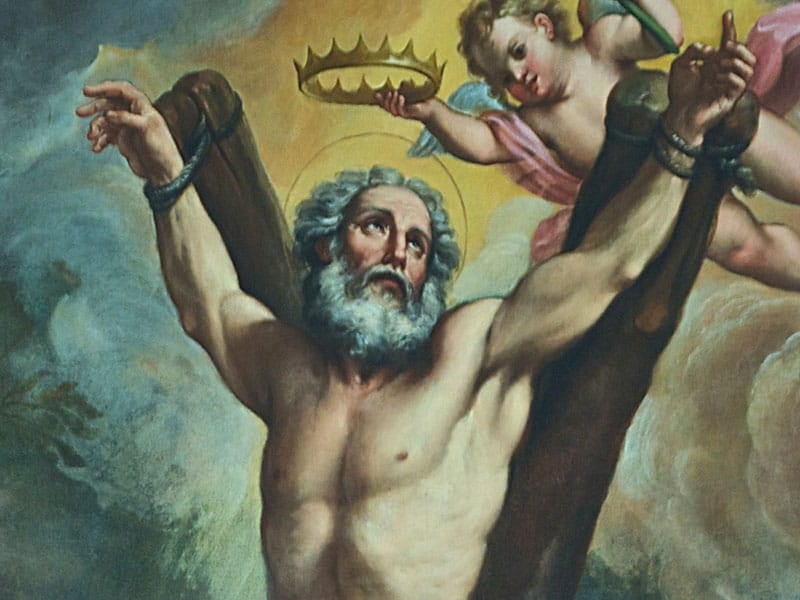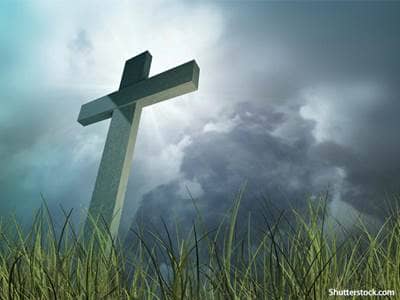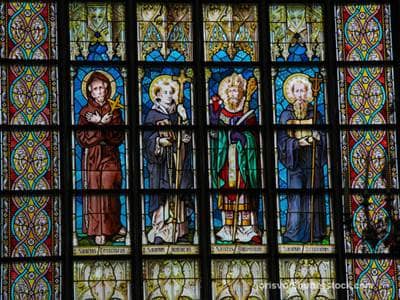St. Andrew

Andrew was St. Peter’s brother, and was called with him. "As [Jesus] was walking by the sea of Galilee, he saw two brothers, Simon who is now called Peter, and his brother Andrew, casting a net into the sea; they were fishermen. He said to them, ‘Come after me, and I will make you fishers of men.’ At once they left their nets and followed him" (Matthew 4:18-20).
John the Evangelist presents Andrew as a disciple of John the Baptist. When Jesus walked by one day, John said, "Behold, the Lamb of God." Andrew and another disciple followed Jesus. "Jesus turned and saw them following him and said to them, ‘What are you looking for?’ They said to him, ‘Rabbi’ (which translated means Teacher), ‘where are you staying?’ He said to them, ‘Come, and you will see.’ So they went and saw where he was staying, and they stayed with him that day" (John 1:38-39a).
Little else is said about Andrew in the Gospels. Before the multiplication of the loaves, it was Andrew who spoke up about the boy who had the barley loaves and fishes (see John 6:8-9). When the Gentiles went to see Jesus, they came to Philip, but Philip then had recourse to Andrew (see John 12:20-22).
Legend has it that Andrew preached the Good News in what is now modern Greece and Turkey and was crucified at Patras.
-
St. Cornelius (d. 253)
-
St. Elzear and Blessed Delphina (1286-1323) (1283-1358)
-
St. Basil the Great (329-379)
-
Sts. Peter and Paul (d. 64 & 67)
-
St. Martin de Porres (1579-1639)
-
St. Rose of Viterbo (1233-1251)
-
St. Apollonia (d. 249)
-
St. Lawrence (d. 258?)
-
St. Agatha (d. 251?)
-
St. Albert the Great (1206-1280)


